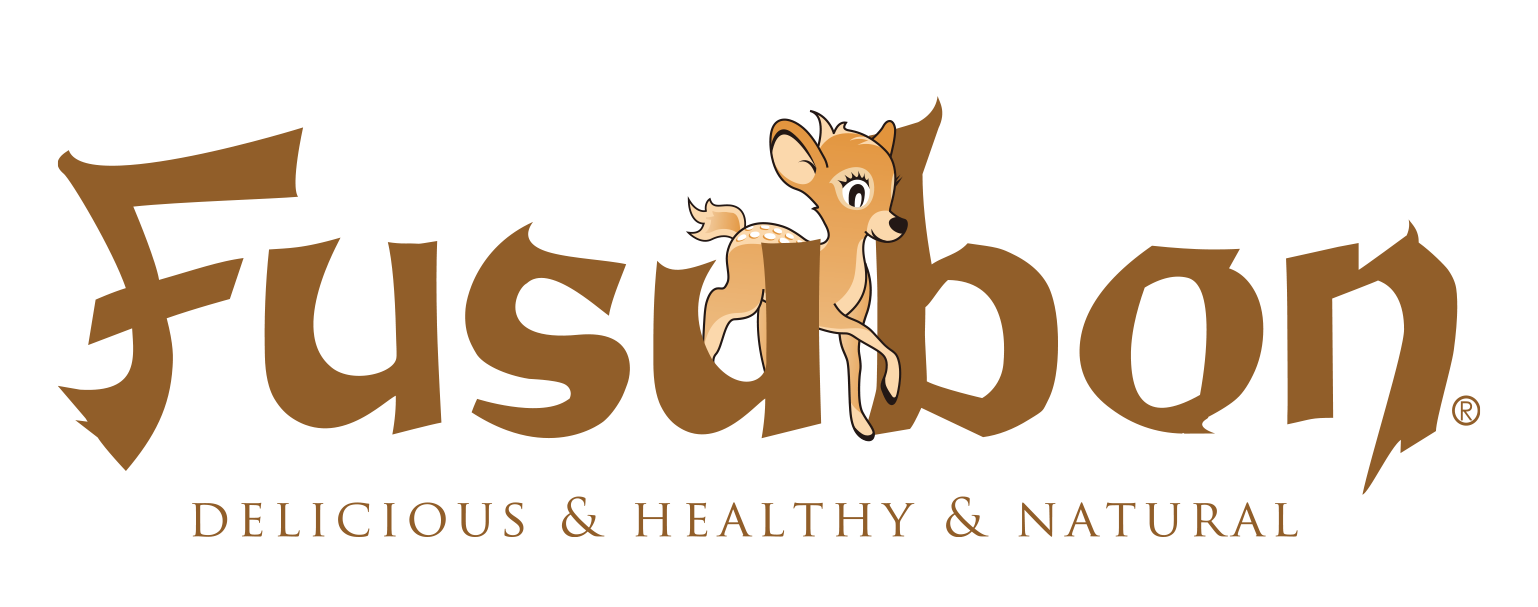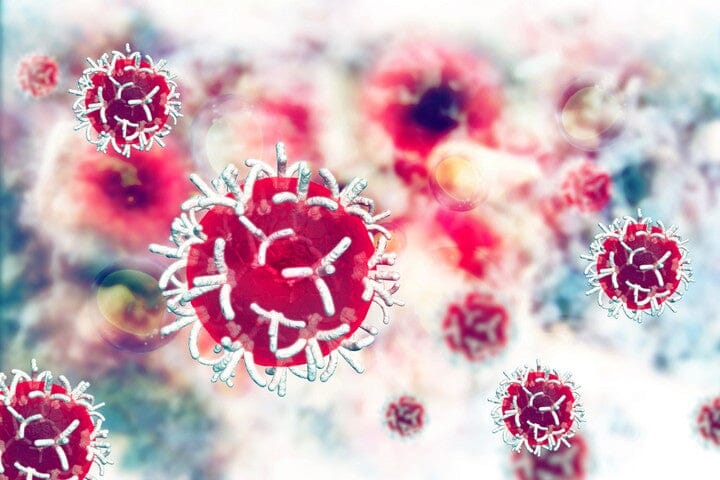This time, the owner Kawatani and Daikanyama store manager Takada will discuss carbohydrate restriction as a cancer treatment in the form of a dialogue.
(Takada) First of all, what does it mean to get cancer?
(Kawatani) It is said that DNA is very vulnerable to oxidation and easily damaged. Even if it is damaged, it can be repaired, but if it is damaged intermittently, the repair cannot keep up and the DNA mutates. It is said that this may lead to cancer cells.
(Takada) So what causes DNA damage?
(Kawatani) It is thought that the main cause is attack of DNA by active oxygen .
(Takada) Under what circumstances does active oxygen occur?
(Kawatani) There are several types of reactive oxygen. Collectively, they are called reactive oxygen species (ROS). When ATP is produced in mitochondria, oxygen receives electrons and reactive oxygen is produced.
①Oxygen (O2) + electron (e-)
→ Superoxide (•O2-)
②Superoxide + electron → Hydrogen peroxide (H2O2)
③Hydrogen peroxide + electron → hydroxyl radical (•OH)
others
◯Oxygen and UV light → singlet oxygen
(This occurs when pigments in the body act as sensitizers.)
◯Hypochlorous acid HOCl
• indicates a free radical.
(Takada) Are all ROS harmful?
(Kawatani) All of them are harmful, but ① and ③ contain free radicals and are particularly harmful. Therefore, antioxidant enzymes are important.
At stage ①, it is important to first stop the production of active oxygen. An enzyme called superoxide dismutase (SOD) is present inside and outside the mitochondria and converts superoxide into hydrogen peroxide.
② As an enzyme that neutralizes hydrogen peroxide,
Catalase, peroxidase, and glutathione are present.
Unfortunately, there is no enzyme that can neutralize the hydroxyl radical (③), so it is very important to neutralize it at the hydrogen peroxide stage.
Even with normal activities, it is said that not all active oxygen can be neutralized, and 1% to 3% of active oxygen remains as active oxygen.
(Takada) I see. Antioxidant enzymes are very important. Is there any way to strengthen the function of antioxidant enzymes?
(Kawatani) It is said that moderate exercise activates antioxidant enzymes. It seems that it is good to combine aerobic exercise with muscle training . This phenomenon occurs when active oxygen is produced in moderate amounts, and is called the hormesis effect.
(Takada) So active oxygen has its merits and demerits. I'd like to get back to the topic of cancer treatment. What is the theory behind cancer treatment involving carbohydrate restriction?
(Kawatani) There is a little more background knowledge required, so let me start by explaining it.
First, let's review that there are two circuits for energy generation.
First, there is the glycolytic (anaerobic) pathway , which does not require oxygen.
Glucose is broken down to produce 2 ATP.
The result is pyruvic acid, and in the absence of oxygen, lactic acid, which can lead to fatigue and stiffness.  The other is the citric acid cycle (aerobic), which uses oxygen to break down pyruvate and fats and produce energy via mitochondria.
The other is the citric acid cycle (aerobic), which uses oxygen to break down pyruvate and fats and produce energy via mitochondria.
Glucose → pyruvate → acetyl CoA.
Alternatively, fats are broken down into fatty acids or ketone bodies into acetyl CoA, and in both cases, acetyl CoA is ultimately used.
The former produces two ATP from one glucose,
The latter produces 36 ATP from one glucose unit.
That's an 18-fold difference in energy production.
The former has the advantage of easily producing energy, while the latter requires many conditions such as oxygen and minerals, but can produce large amounts of energy.
As an aside, the reason the body stiffens after death is because the supply of oxygen stops and the citric acid cycle stops when you die. However, the glycolytic pathway, which does not require oxygen, continues to operate, and the lactic acid produced during this process accumulates in the body, causing muscle pain throughout the body.
(Takada) PET scanning, a method for detecting cancer, also uses this principle, right?
(Kawatani) That's right. Cancer cells, which produce ATP almost exclusively through glycolysis, are said to absorb 3 to 8 times more energy than normal cells.
A drug called FDG, which is made by taking one hydroxyl group of glucose and attaching a positron nuclide to it, is administered into the body.
Positron isotopes have the characteristic of reacting with surrounding electrons and turning into radiation (gamma rays), and these gamma rays later become the marker.
(Takada) There are also other cells that do not have mitochondria, such as red blood cells, adrenal medulla, and retina.
(Kawatani) Such cells function only through glycolysis. To be precise, cancer cells are cells in which mitochondria do not function normally .
The fact that cancer cells mainly operate through glycolysis is called the Warburg effect, after the discovery by Nobel Prize winner Warburg. The key point is that mitochondria are not functioning normally, and when mitochondria are not functioning properly, active oxygen is not generated in cancer cells, so the cancer cells are not damaged .
(Takada) I see. So we just need to generate active oxygen within the cancer cells?
(Kawatani) That's right. There is another point. It is known that the activity of antioxidant enzymes is weak inside cancer cells . By taking advantage of this, we can generate active oxygen inside the cancer cells and destroy them.
(Takada) What will you do specifically?
(Kawatani) Radiation therapy has been around for a while now. Radiation is applied to cancer cells, which releases active oxygen and kills them. Of course, UV rays also hit healthy cells, so if antioxidant enzymes and antioxidants are not able to deal with the damage, healthy cells may also be damaged.
(Takada) How does the high-concentration vitamin/ketone therapy that has been the talk of the town recently work?
(Kawatani) Vitamin C is known as an antioxidant, but at high concentrations it produces hydroxyl radicals, which have strong oxidizing properties. Because vitamin C and glucose have very similar shapes, cancer cells mistakenly take in vitamin C, which causes damage to the cancer cells by hydroxyl radicals.
This is just my personal opinion, but earlier when we were talking about PET scans, it was said that cancer cells absorb 3 to 8 times more glucose than normal cells, so I think they also take up 3 to 8 times more vitamin C than normal cells .
By the way, high-concentration vitamin C is, quantitatively speaking, about 400 mg/dl or more. At that level, it is said to have a strong oxidizing power, and it is administered directly into the bloodstream via intravenous drip.
Normally, we don't get such high concentrations when we ingest food or take supplements.
This theory is said to have originated when Nobel Prize-winning chemist Linus Pauling demonstrated that high concentrations of vitamin C killed cancer cells.
(Takada) What is the ketone treatment attached at the end?
(Kawatani) This is where carbohydrate restriction comes into play. We stop the intake of glucose, which is the raw material for the glycolytic pathway, and use metformin and SGLT2 inhibitors to prevent sugar from being absorbed as much as possible even if gluconeogenesis occurs, and stop the supply of ATP to cancer cells via glycolysis. At the same time, we activate the function of mitochondria, which can use fat as energy, by taking in minerals such as magnesium and iron, which generate active oxygen, which kills cancer cells. That's how it works.
(Takada) I see. As expected, even in normal cells a lot of active oxygen is generated, so the functions of antioxidants and antioxidant enzymes become very important.
(Kawatani) That's right. It's important to strengthen the activity of antioxidant enzymes through moderate exercise and to properly take in antioxidants such as vitamin E, phytochemicals, polyphenols, and astaxanthin.
(Takada) I only had a negative image of active oxygen, but it seems that exercise can strengthen the activity of antioxidant enzymes and kill cancer cells.
(Kawatani) That's right. Everything has two sides to it. Vitamin C, which I mentioned earlier, is one example. It is originally known as an antioxidant. Active oxygen protects the body from infectious diseases such as bacteria due to its strong oxidizing power.
Reactive oxygen species are produced not only when mitochondria produce ATP, but also from enzymes. Neutrophils, a type of white blood cell, produce reactive oxygen species from an enzyme called Nox2, which encapsulates bacteria inside the body and kills them with the powerful reactive oxygen species.
In addition, when transmitting signals such as when releasing hormones or enzymes, active oxygen is produced from an enzyme called NADPH oxidase, which is contained in many substances, and this active oxygen functions as a mediator.
(Takada) So when insulin is released, active oxygen is generated to facilitate signal transduction. I learned something new.
Recently, Mao Kobayashi passed away due to breast cancer, and I am deeply saddened by this, as we were close in age. At the same time, I have been thinking more about diet, exercise, stress and cancer.
(Kawatani) I feel very sorry about what happened to Mao Kobayashi. I think the whole of Japan is grieving and thinking about their own lifestyles.
With cancer, we need to look at five-year survival rates, so in that sense, there is no clinical data on high-concentration vitamin/ketone body therapy, and if I or a family member were to be diagnosed with cancer, the decision as to whether or not to undergo surgery would depend on the stage and extent of metastasis at the time.
With so many people around her, I think she must have done her best to treat her. Once again, I pray for the repose of the soul of Mao Kobayashi.
(Takada) So what should we be careful of as we go about our daily lives?
(Kawatani) In a sense, this is a mundane answer, but I would like to list the following four points.
1. Limit carbohydrate intake to slow down the action of insulin and reduce the amount of active oxygen involved in signal transduction .
②When exposed to mental or physical stress (ultraviolet rays, radiation, exhaust fumes, etc.), the body produces adrenal cortical hormones to counteract it.
The signal transduction that occurs during this process also produces active oxygen, so it is important to lead a regular, stress-free life .
3) Engage in moderate exercise to improve the functioning of antioxidant enzymes that neutralize active oxygen.
④ Take antioxidants (vitamin E, polyphenols, phytochemicals, etc.) regularly .
The above points are important for cancer prevention. What did you think? It will be very hot from this month. Minerals tend to be lost through sweat, so please be sure to hydrate with hard water or nigari.
If you have any requests for content or conversations, please contact us. We are always looking for new content. See you again soon!
*References for this article ○Magazine House Tarzan July 13, 2017 issue No. 721 [Oxidation, glycation, inflammation: Learn easily about three scary stories for your body.] ○Gentosha Co., Ltd. If you want to beat diabetes, stop relying on insulin! Author: Keisuke Arai Book number: 978-4344993228 ○ Kobunsha Shinsho Ketogenic diet will eliminate cancer Author: Kenji Furukawa Book number: 978-4334039509 Cancer treatment utilizing the characteristics of energy production in cancer cells Ginza Tokyo Clinic website





